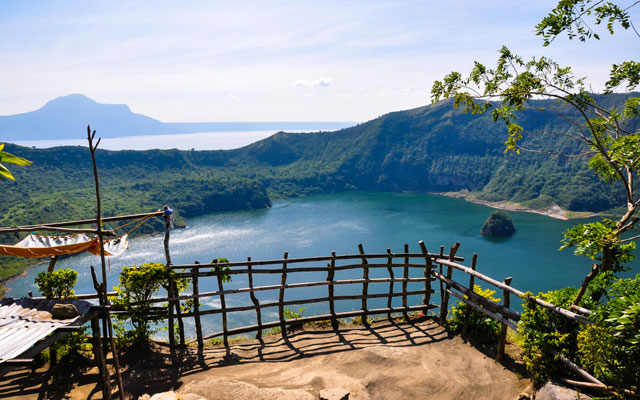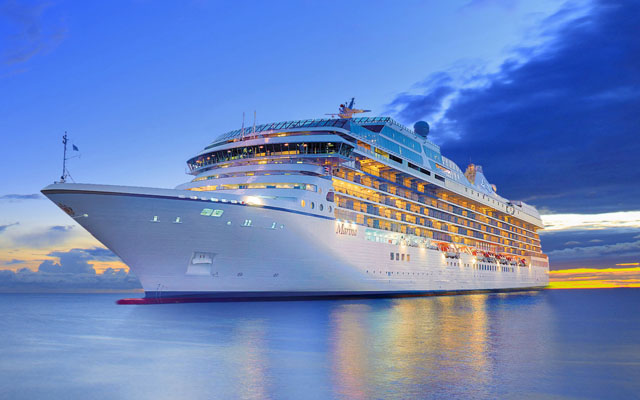
- Leisure tourism in affected areas has taken a hit
- Industry players stress need for tourist businesses in the area to proceed cautiously
- Recovery will come and affected areas may benefit from CSR-related tourism activities

Tourism in Tagaytay and other portions of Cavite, as well as parts of Batangas and Laguna – some of the most sought-after destinations in the southern outskirts of Manila – have taken a severe setback as a major eruption of Taal Volcano looms large.
Tourists are shunning these areas best known for boasting breathtaking views of the volcano nestled in a lake, organic farms, heritage houses, pilgrimage churches, spas and wellness centres, as well as quaint hotels and resorts – some of which have been damaged to varying degrees by eruptions that started on January 12.
Despite the dismal picture, the trade is optimistic that tourism in the region will rise from the volcanic ashes with good planning and governance.
Ramon Marinas, president of the Association of Travel and Tour Agencies (ATTA) in the Calabarzon region covering provinces such as Cavite, Laguna and Batangas, said the heritage houses and churches “are structurally standing still” including the Saint Martin de Tours Basilica in Taal.
“However, cleaning of the ashes has not yet been undertaken due to the Alert Level 4 status of the volcano (the second highest volcano alert level, signifying that a hazardous eruption could happen in hours or days) and the locking down of the area,” he said.
Marinas also told TTG Asia that agricultural crops “have been immensely affected” and the continuous sulfur dioxide and ash particles emitted by the volcano constitute as a health risk to the population.
“While (tourism) takes time to recover, we are positive that the people are resilient and will rise from this,” he said. As of press time, a million residents have been evacuated from the danger zone.
Calabarzon registers the most number of same-day tourists in the country, with the bulk of the visitors going to Tagaytay and the nearby towns of Batangas (Talisay, Taal and San Nicolas), according to Marinas.
Rajah Travel’s president Aileen Clemente, in an interview with ANC television, said that even as leisure travel in the affected areas takes a hit, there will emerge other types of tourism including corporate social responsibility (CSR) as people rally to provide social and financial aid to the victims of the volcano eruption.
Narzalina Lim, former tourism secretary and founder of tourism consultancy Asia Pacific Projects, said: “In the short term, until Alert Level 4 is lowered and the toxic ashfall subsides, there will be few foreign and domestic tourists visiting Cavite, Batangas, and parts of Laguna. There may be day visitors who are curious to see the volcano and take photos, dine and then leave. But these types of visitors do not contribute much to the local economy.”
“In the long term, maybe two years, when the volcano quiets down and the fertile soil makes Tagaytay, Amadeo, Alfonso, Indang in Cavite and Batangas lush and green again, the place will become a beautiful destination. It can be everything it (once was) and more, with proper planning and good governance,” Lim shared.
Mount Mayon in Albay Province, Mount Pinatubo in Central Luzon, and Mount Agung in Bali, are some examples of attractive destinations which have bounced back from violent volcanic eruptions, Lim pointed out.
While the Philippine Institute of Volcanology and Seismology (PHIVOLCS) warns of a possible major eruption and the Department of Tourism advises businesses to shutter, a number of hotels, restaurants and related businesses in Tagaytay have reopened as the Department of Interior and Local Government (DILG) has declared that the site is not considered a high-risk area due to its high elevation, despite being within the 14-km danger zone.
However, industry players stressed the need to tread with caution even as businesses operate as normal, due to the persistent threat posed by Taal.
Marinas said: “While I understand the need to provide jobs, recover losses and bring back normalcy to all businesses, all these will happen as soon as the alert status is lifted. DILG is clear with its orders that only eight barangays (or villages) are required to do mandatory evacuation, while the rest can open for business. Having said that, everyone should also be cautious that the alert status has not been lifted.”
Lim, however, argued that it is not “prudent” to reopen tourist establishments in Tagaytay while Alert Level 4 remains in place. “Although the PHIVOLCS said that Tagaytay is too high to be affected by pyroclastic flows and volcanic tsunamis should a big eruption occur, the ash in the air is toxic and can affect one’s health severely,” she said.
“Even with masks, people can still suffer asthma and other respiratory diseases, skin diseases, allergies, etc. Additionally, water supply and distribution in Tagaytay is erratic (even without the eruption). Until now, several areas in the city have no water supply as they were only able to fix the main water source of Tagaytay on January 19, one week after the eruption.
“If I were the local government unit, I would heed PHIVOLCS when it said that it will wait another two weeks before deciding whether or not to lower the alert level. Then, perhaps the tourist establishments can reopen at that time. Psychologically, it is also good for life to go back to normal after a few weeks.”



















